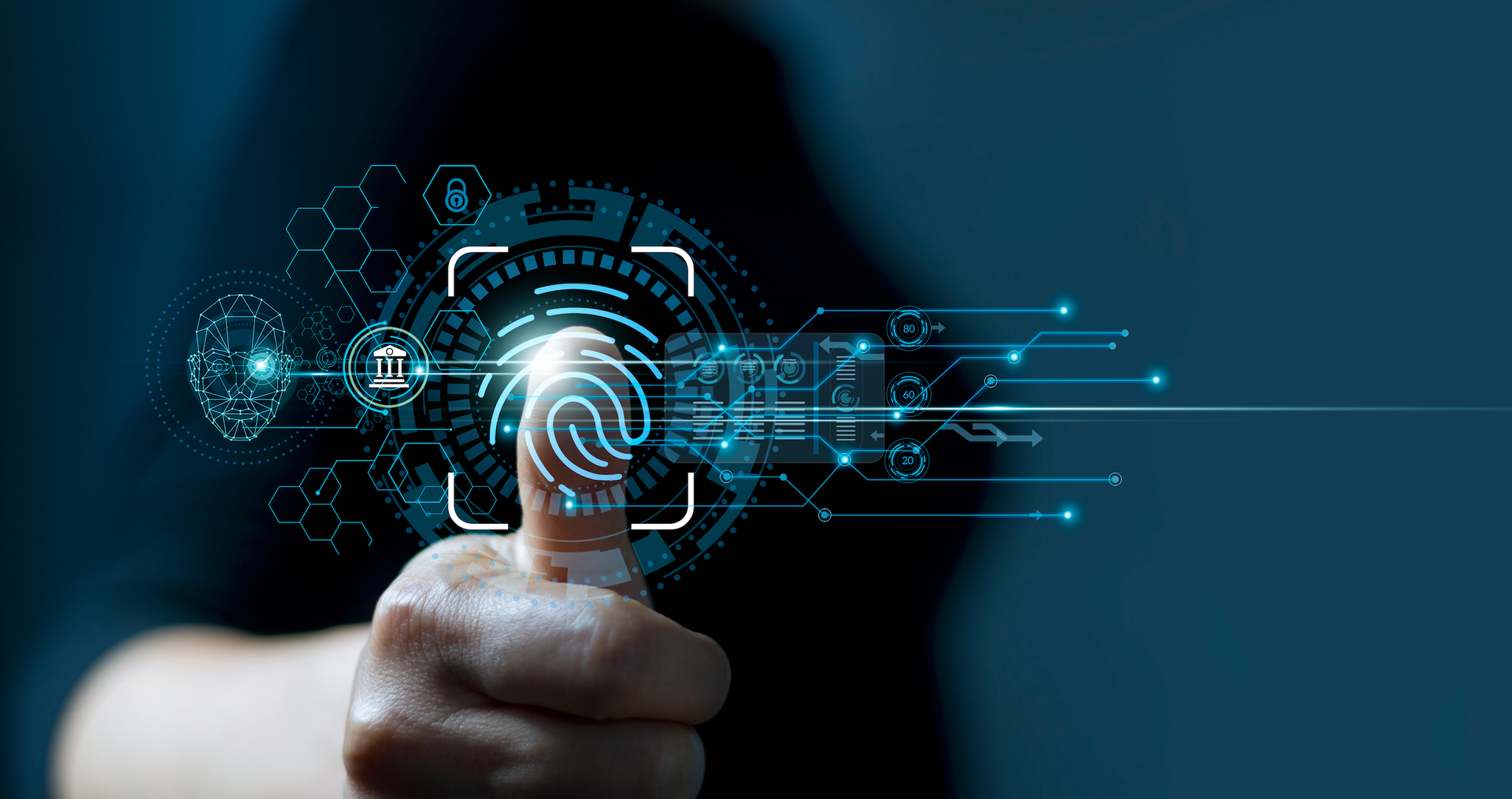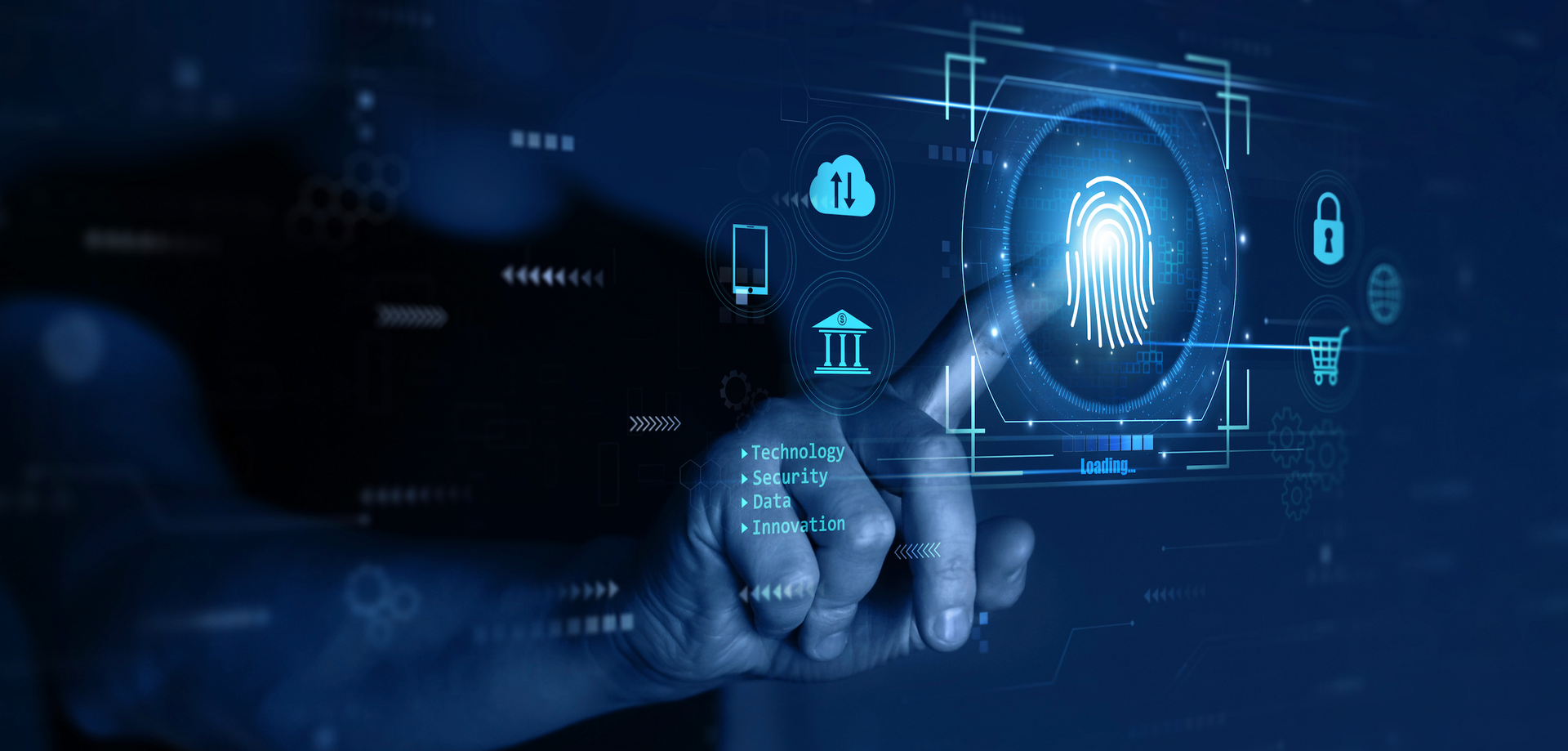AVOUCH
biometrics
biometrics
Biometric identification refers to the use of unique physiological or behavioral characteristics of individuals to establish their identity. It is a method of authentication that relies on biological traits that are specific to each person, making it difficult to forge or replicate. Some common biometric identifiers include fingerprints, iris patterns, facial features, voice patterns, and even DNA.
Here are a few key points about biometric identification:
biometrics
biometric data capture
Biometric systems collect and store an individual’s biometric data. This process involves capturing the specific biometric trait, such as scanning a fingerprint or taking a high-resolution image of the face. The data is then processed and converted into a digital template or biometric template, which is a mathematical representation of the unique features extracted from the biometric sample.
biometrics
biometric matching
During the identification or verification process, the captured biometric data is compared against the stored templates in a database or on a device. The matching algorithm analyzes the biometric traits and determines if there is a match or a sufficient level of similarity to authenticate the individual’s identity.
biometrics
unique & non-repudiable
Biometric identifiers are considered highly unique to individuals, meaning that no two people have exactly the same set of biometric characteristics. Additionally, biometric traits are difficult to forge or replicate, making them more reliable compared to traditional identification methods such as passwords or ID cards.
biometrics
advantages of biometric identification
Biometric identification offers several advantages over other forms of identification. It provides a high level of accuracy, as biometric traits are difficult to fake or steal. It eliminates the need for remembering passwords or carrying physical identification cards, making the authentication process more convenient. Biometrics can also be used for real-time identification and authentication, making it suitable for applications like access control, time and attendance tracking, and border control.
biometrics
privacy & Security Concerns
Biometric data is highly sensitive since it represents unique personal characteristics. Therefore, privacy and security concerns are important considerations when implementing biometric identification systems. Organizations must adhere to strict data protection and privacy regulations to ensure the secure storage and handling of biometric information. It is crucial to use strong encryption methods to protect biometric data both during transmission and storage.
biometric
biometric templates & data protection
To enhance privacy and security, biometric systems typically store templates instead of raw biometric data. Biometric templates are derived from the original biometric data but cannot be reverse-engineered to recreate the original information. This approach adds an additional layer of protection to individuals’ biometric information.
While biometric identification offers many benefits, it is important to consider the potential limitations and challenges. Factors such as sensor accuracy, environmental conditions, aging, and physical changes can affect the reliability of biometric systems. Furthermore, concerns about the centralization and potential misuse of biometric databases emphasize the need for robust security measures and privacy safeguards.
Overall, biometric identification provides a powerful and secure method of authenticating individuals based on their unique biological traits, enabling a wide range of applications in various sectors including law enforcement, border control, financial services, healthcare, and access control systems.







